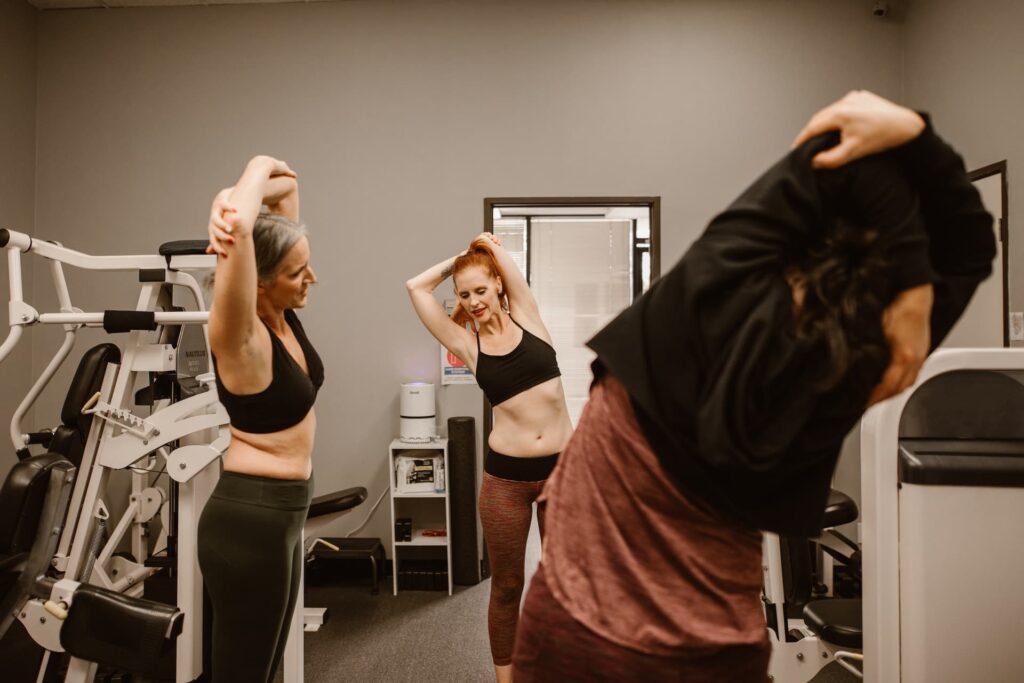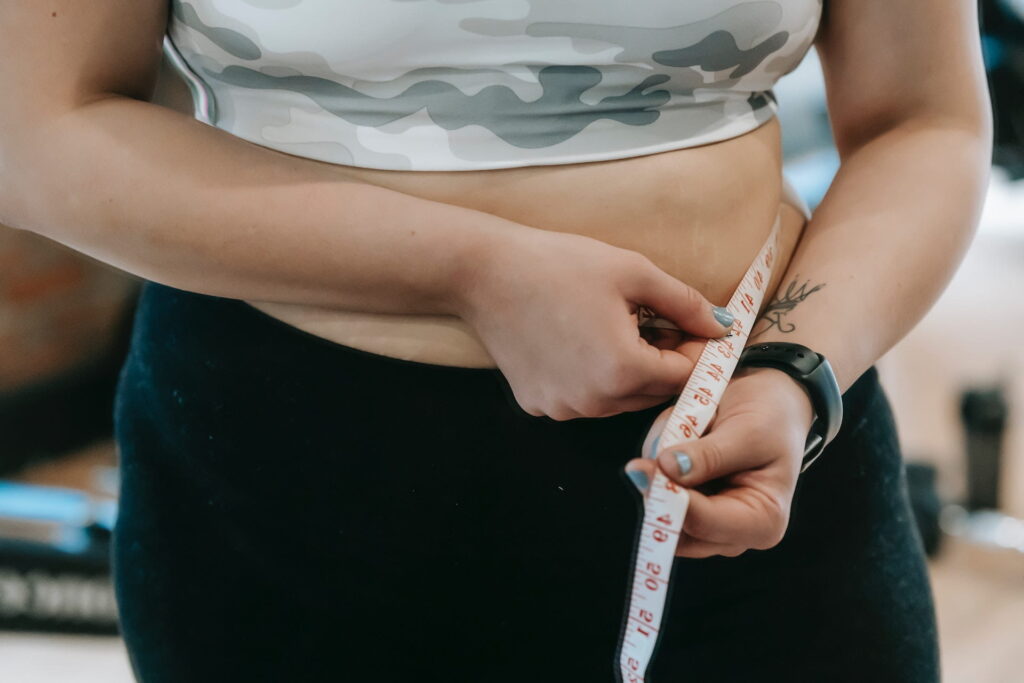Whether you’re a beginner stepping into the gym for the first time or a seasoned gym-goer returning after a break or injury, understanding how to properly start working out at the gym is crucial. This comprehensive guide has been designed to navigate these various scenarios, offering assistance to prevent common errors and injuries as you embark or re-embark on your fitness journey.

Introduction
Gyms can be intimidating spaces, especially if you’re reacquainting yourself after a prolonged absence. Navigating the exercise machines and working out alongside more experienced gym-goers can seem daunting. But fear not. With the right approach, you can confidently stride back into your fitness routine.
It’s essential to approach this transition with patience and understanding. Your body and mind may require time to adapt to the gym environment again. The plethora of machines and weights can seem overwhelming at first. Remember, everyone’s journey is unique. You don’t have to match the pace of those around you. Instead, focus on understanding how to start working out at your own pace, gradually building up your strength and stamina. Adopting this patient, personalized approach not only reduces the risk of injury but also makes your workout routine sustainable in the long run.
Assessing Your Current Fitness Level

To start, you need to assess your current fitness level. This step will help you to understand what your body can handle right now and guide you in setting appropriate workout goals. It’s important to remember that fitness isn’t about comparing yourself to others but about your own journey.
Try simple tests to gauge your fitness level. For instance, see how long you can sustain a brisk walk or how many bodyweight exercises like push-ups or squats you can do. Don’t be discouraged if the numbers aren’t high initially; this isn’t a contest but a starting point. Having a clear understanding of where you stand physically can aid you in creating a program that aligns with your capabilities. It can also help you monitor your progress as you learn how to work out properly, giving you a sense of accomplishment over time.
Setting Realistic Goals

Now that you know your current fitness level, it’s time to set some realistic goals. This is not only a key step in how to work out properly, but it’s also crucial in preventing gym-related injuries. Aim for progressive goals that can be achieved gradually rather than aiming for drastic changes overnight.
Warming Up and Stretching

A thorough warm-up and stretching session before working out can significantly decrease your risk of injury. A warm-up increases your body temperature and heart rate, preparing your muscles for the exercise to come. Similarly, stretching improves your flexibility and can aid in preventing muscle strains and tears.
Proper Technique and Form

Understanding and implementing proper exercise technique and form is crucial in your workout journey. This step involves learning how to properly start working out using gym equipment or when performing bodyweight exercises. Misusing equipment or performing exercises with poor form can quickly lead to injury. Consider seeking guidance from a trained professional to ensure you’re working out safely.
Incorporating Rest Days

Rest days are essential. Rest days allow your body time to recover, repair, and strengthen itself. Overworking your body without proper rest can lead to fatigue, a decrease in performance, and an increased risk of injury.
Think of rest days not as taking a break from your fitness goals but as an essential component of achieving them. This is the period during which your body heals, grows, and strengthens. You might opt for total relaxation or light activities such as stretching or leisurely walks. It’s vital to tune in to your body’s signals and provide it with the recovery time it requires. Embracing the concept of balance between training and rest is a fundamental aspect of maintaining a sustainable and enjoyable fitness regimen.
Monitoring Progress

Tracking your progress not only helps to keep you motivated but also ensures that you are gradually improving and not overexerting yourself. Use a journal or a fitness app to track your workout routines.
Consider tracking both quantitative and qualitative changes. Quantitative changes include metrics like the amount of weight lifted, miles run, or time taken to complete a set of exercises. Qualitative changes can include how you feel during and after a workout, your energy levels throughout the day, and improvement in sleep quality.
Remember, progress is not just about numbers. It’s also about enhancing your overall well-being. Celebrating these small victories can keep you motivated and provide insights into the effectiveness of your workout regimen
Hydration and Nutrition

The question, ‘What do your muscles need during exercise?’ is one that should be at the forefront of every fitness enthusiast’s mind. It’s a crucial consideration for safe and effective workouts. Muscles need adequate hydration and nutrition to operate at their peak and recover post-exercise. Ensuring a sufficient intake of water and maintaining a well-rounded diet abundant in proteins and carbohydrates will provide the necessary fuel for your workouts and assist in your recovery process. Nourishing your body appropriately is key to making your workouts more effective and preventing injuries.
Staying Motivated

One of the biggest challenges in maintaining a regular workout routine is staying motivated. Setting achievable goals, celebrating your progress, and varying your workout routine can all contribute to keeping your motivation high. Remember, consistency is key when it comes to seeing results.
Additionally, consider finding a workout buddy or joining a fitness group. This not only makes workouts more enjoyable but also creates a sense of accountability and helps to maintain motivation. Ultimately, it’s essential to remember that fitness is a journey, not a destination. The important thing is to stay committed and keep moving forward, one step at a time.
Summing Up Your Fitness Journey
Returning to the gym after a long absence can seem daunting, but with careful planning, an understanding of how to prevent injury in gym workouts, a positive mindset, and tuning into your body’s needs, you can effectively resume your fitness journey.
Remember, this is your journey, and every step, no matter how small, is progress. If you feel you need additional guidance or professional support, don’t hesitate to reach out to Scottsdale Physical Therapy and Performance. Our team of experts is here to ensure your return to fitness is safe, enjoyable, and fruitful. Start your renewed fitness journey with SPT & Performance today.
Happy training!










